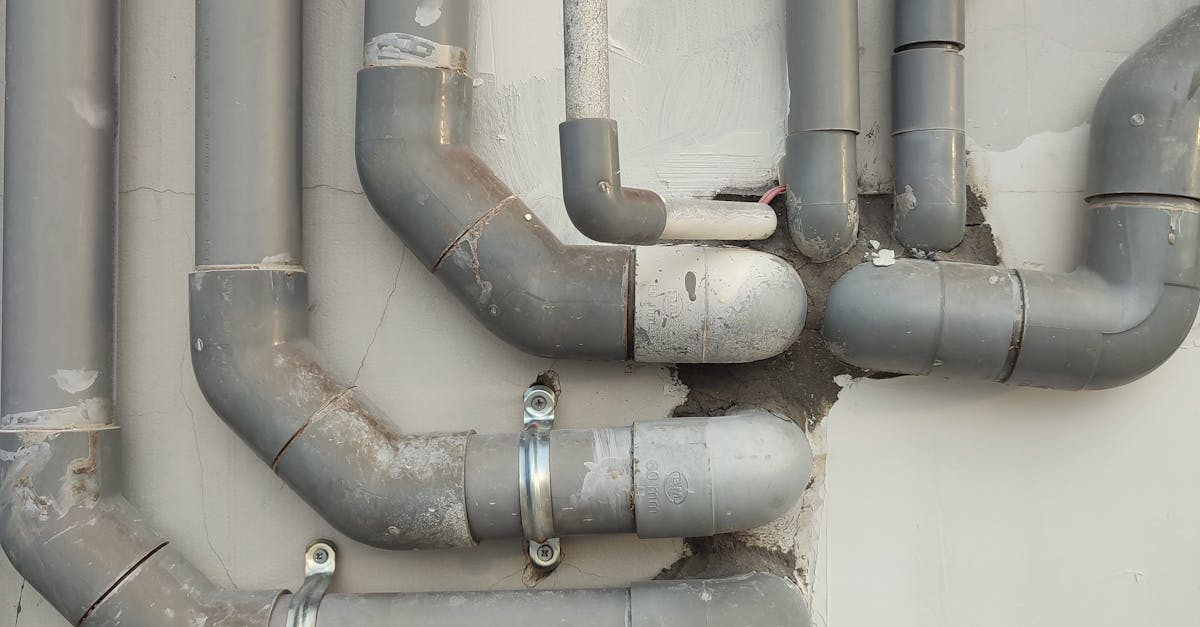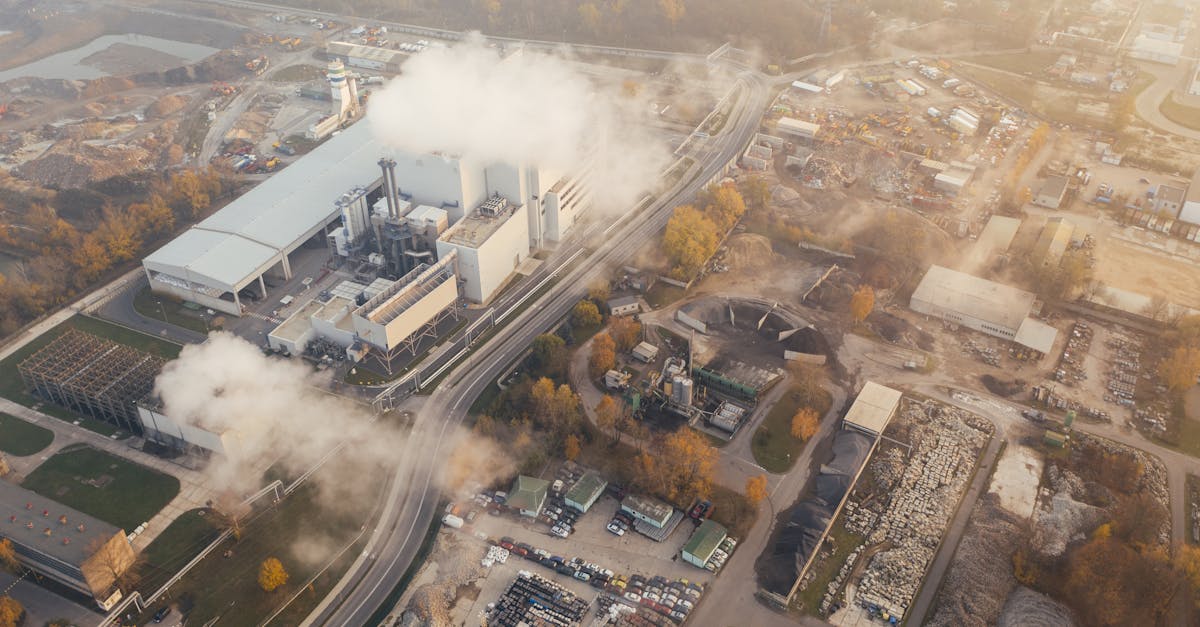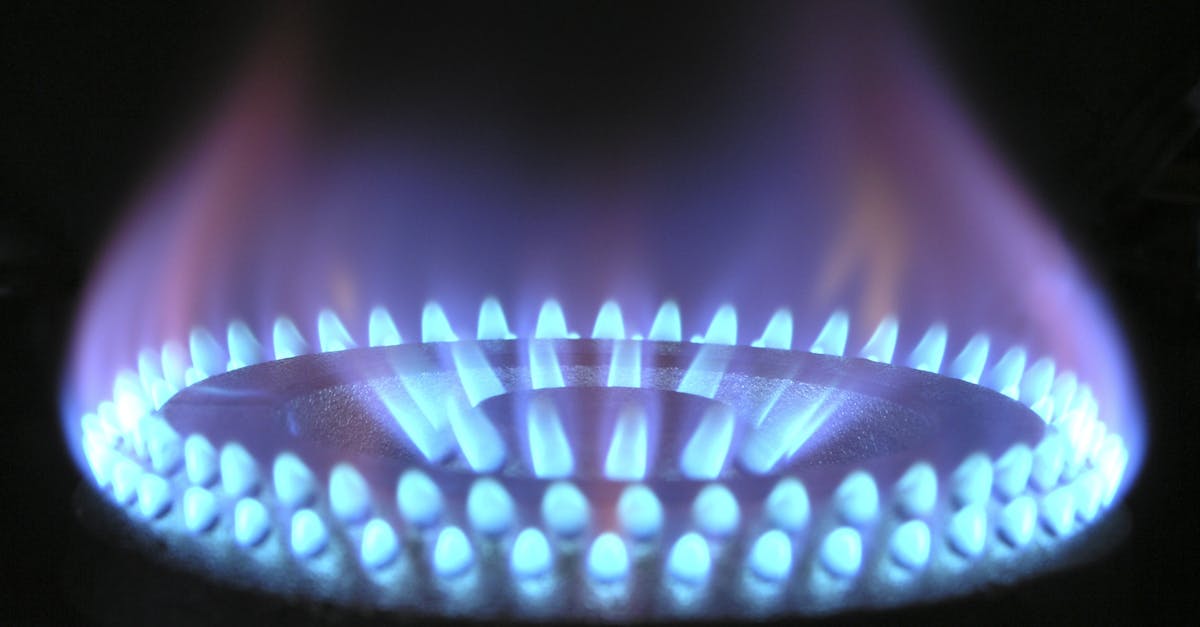
Table Of Contents
Securing the Connections
To ensure the safety and efficiency of a gas line installation, securing the connections plays a vital role in preventing leakages and potential hazards. In Victoria, gas line installation and repair must adhere to strict guidelines to guarantee the protection of both property and individuals. Properly securing the connections involves using appropriate fittings and ensuring they are correctly fastened to the designated pipes.
It is imperative to utilise the recommended tools and techniques when securing connections in a gas line system. Tightening fittings with the correct torque level is crucial to prevent any gas leaks that may pose risks. Victoria Gas line installation and repair professionals emphasise the importance of precision in this step to maintain the integrity of the entire gas line structure.
Tightening Fittings with the Correct Torque
To ensure the safe and efficient operation of a gas line system, it is crucial to tighten fittings with the correct torque. Incorrectly tightened fittings can lead to gas leaks, which pose serious safety hazards. When securing fittings, use a torque wrench to achieve the manufacturer's recommended torque settings. Over-tightening or under-tightening fittings can compromise the integrity of the connections and increase the risk of leaks.
Victoria Gas line installation and repair experts advise adhering strictly to the specified torque requirements outlined in the installation manual provided by the manufacturer. The torque levels recommended are designed to maintain the integrity of the fittings while preventing them from loosening due to vibration or temperature changes. Prioritize safety by following the prescribed torque values diligently during the installation process to mitigate the potential risks associated with gas leaks.
Conducting Leak Tests
Conducting Leak Tests
Before completing the gas line installation procedure, it is imperative to conduct thorough leak tests to ensure the safety and efficiency of the system. Victoria Gas line installation and repair guidelines emphasise the critical nature of this step in preventing potential hazards. To begin the leak test, it is essential to use a solution of soapy water and apply it along all the connection points, including fittings and joints. By observing for any bubbles formed due to escaping gas, it can be immediately identified if there is a leakage present. This step guarantees that the gas line is securely sealed, providing peace of mind for both the installer and the occupants of the property.
Additionally, it is advisable to utilise a gas leak detector tool to further investigate and pinpoint any areas of concern. This device can accurately detect even the smallest gas leak, allowing for prompt corrective action. Following the Victoria Gas line installation and repair regulations, the use of a gas leak detector enhances the accuracy and reliability of the leak test procedure. Once all the connections have been thoroughly examined and verified for sealed integrity, the gas line installation can proceed to the next phase with confidence in its safety and effectiveness.
Performing a Thorough Inspection
To ensure the safety and proper functionality of your gas line installation, conducting a thorough inspection is crucial. Victoria Gas line installation and repair experts recommend carefully examining all connections and fittings for any signs of damage or improper installation. Inspect all surfaces for leaks, cracks, or corrosion that may compromise the integrity of the gas line system.
Furthermore, it is essential to check that all fittings are securely fastened and aligned correctly. Any loose connections can lead to gas leaks, posing a significant safety hazard. During the inspection process, pay close attention to the entire gas line layout to identify any potential risks or issues that may impact the performance of the system.
Connecting to the Gas Source
Before connecting the gas line to the source in your Victoria Gas line installation and repair project, ensure that all necessary materials are ready for the task. Double-check that the gas line has been cut to the appropriate length and that any bends or fittings required to reach the gas source have been properly installed. Be cautious of any sharp edges that could damage the gas line during connection and take care to handle the pipe delicately to prevent any mishaps.
Once you are confident that all preparations have been made, carefully connect the gas line to the source while following the manufacturer's guidelines meticulously. Make sure that the connection is secure and leak-proof to prevent any potential hazards. Pay close attention to the alignment of the fittings and ensure that they are tightened correctly to maintain the integrity of the gas line system. After the connection is complete, conduct a thorough inspection of the area to confirm that all steps have been executed accurately and that there are no visible leaks or issues that could compromise the safety and efficiency of the gas line system.
Following Manufacturer Guidelines
When embarking on the installation of a gas line in your home or property, it is imperative to adhere strictly to the manufacturer's guidelines. Victoria Gas line installation and repair necessitate a meticulous approach to ensure the safety and efficiency of the system. Following the manufacturer's instructions not only guarantees compliance with industry standards but also minimizes the risk of potential hazards associated with gas line installations.
Prior to commencing the installation process, thoroughly review the manufacturer's guidelines to acquaint yourself with the recommended procedures and safety measures. These instructions are designed to guide you through the installation process, ensuring that every step is executed correctly. By closely adhering to the manufacturer's guidelines, you can mitigate risks and ensure the optimal performance of your gas line system.
FAQS
What precautions should I take when installing a gas line?
When installing a gas line, it is crucial to ensure that all connections are secure, fittings are tightened correctly, and leak tests are conducted to guarantee safety.
How do I know if I have tightened the fittings with the correct torque?
To ensure fittings are tightened with the correct torque, use a torque wrench and refer to the manufacturer's guidelines for the specific torque requirements of the fittings being used.
How can I conduct leak tests on a gas line?
Leak tests on a gas line can be conducted by applying a leak detection solution to all connections and observing for bubbles, or by using a gas leak detector to check for any gas escaping.
What should I look for when performing a thorough inspection of the gas line installation?
During a thorough inspection, check for any signs of damage, corrosion, or wear on the gas line, fittings, and connections. Ensure that everything is properly secured and in good working condition.
Is it important to follow the manufacturer's guidelines when connecting to the gas source?
Yes, it is essential to follow the manufacturer's guidelines when connecting to the gas source to ensure the installation is done correctly and safely. Failure to do so could result in gas leaks or other hazards.





